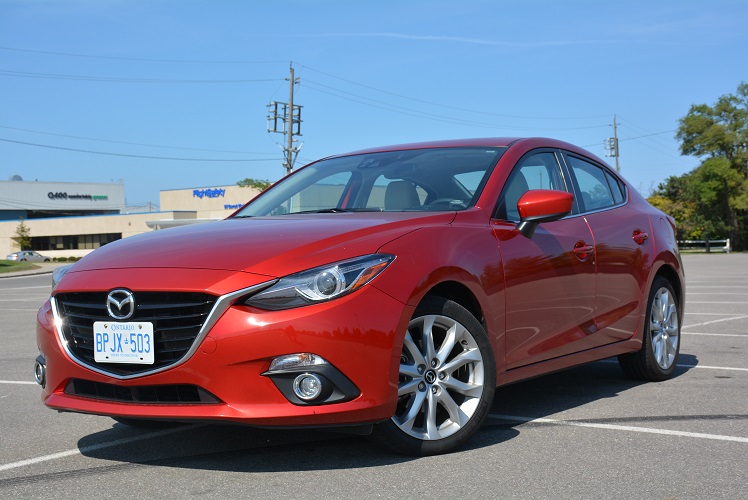A deeper look into Ford's Pre-Collision Assist with Pedestrian detection
Dearborn, MI – Back in October, Ford released information of its new safety system “Pre-Collision Assist with Pedestrian Detection.” It's a system that many automakers are working on, but the only one that I was able to test at Ford's recent Executive Briefing event in Dearborn, Michigan.
The Pre-Collision Assist system with Pedestrian Detection uses both radar and camera technology to scan the roadway ahead. The camera is situated behind the rear-view mirror; while the radar is located behind the front bumper. There's a big need for both devices, as the radar measures speed and objects; while the camera is used to identify and classify those objects. The combination of the two provide the necessary data to make a quick safety decision on behalf of the driver, who's failing to make the appropriate actions.
When used, the system initially alerts the driver with a red beam flash on the windshield to react to the oncoming object, be it a vehicle or pedestrian. If the driver has still failed to act, it will brake for them with full-force, if needed, to avoid the impending accident.
With these types of autonomous actions, there are limitations. One is bad weather, where rain, fog, or snow could play a factor in interfering with the camera lens. When one part of this system doesn't function, the whole detection part won't work.
Additionally, the radar can sense things only 200 metres ahead, while the camera has a 50-100 metre scanning border. Therefore, if you're going above 80 km/h, the system will probably not have enough time to fully stop, but would brake as much as it could to limit the damage or injury. It's not a perfect system, but one that's better than the last without any pedestrian detection whatsoever.
“Many accidents can cause injury and death and we at Ford believe pedestrians are the biggest challenge,” said Aaron Mills, Technical Specialist – Advanced Driver Assistance Systems at Ford Motor Company. “Sensors improve as technology evolves to help with these scary scenarios.”
When asked about whether the red alert was enough warning over other tools such as seat vibration or chimes, Mills added, “with all of our simulated studies, we found that the red alert and muting of the radio were the most effective in getting the driver's attention.”
This system will be first used in the all-new mid-size Ford Mondeo sedan in Europe. Even though, the Mondeo is the Fusion in North America, Ford didn't announce which vehicle it would be first placed in. We would expect this new technology to come to North America in late 2015.
Not surprisingly though, the car we were testing the system in was the Ford Fusion. Unfortunately, they didn't have any fake pedestrians on site, but we were able to fully test the pre-collision stops on vehicles ahead. We tested it going 50 km/h and it stopped with ease as my foot lay flat on the floor mat.
Autonomous braking is an important safety system for many automakers, considering the amount of accidents that are caused by driver distraction. If automakers can save lives with new technology, it's a safety feature that's worthy of allocating money towards. As this system improves, Ford feels that down the line, they will be looking at improving on it, which could mean a wider and longer camera and radar, as well as the detection of animals.
- 0
- Published in News
- Written by David Miller


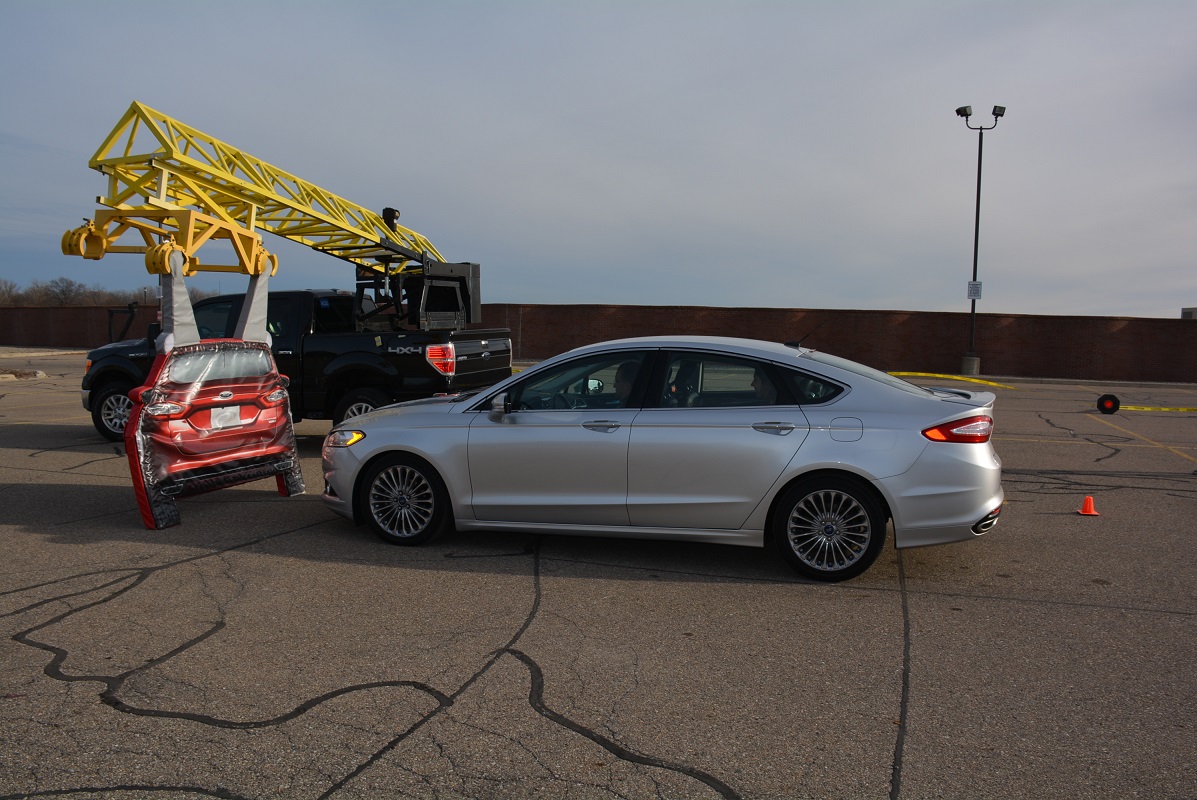
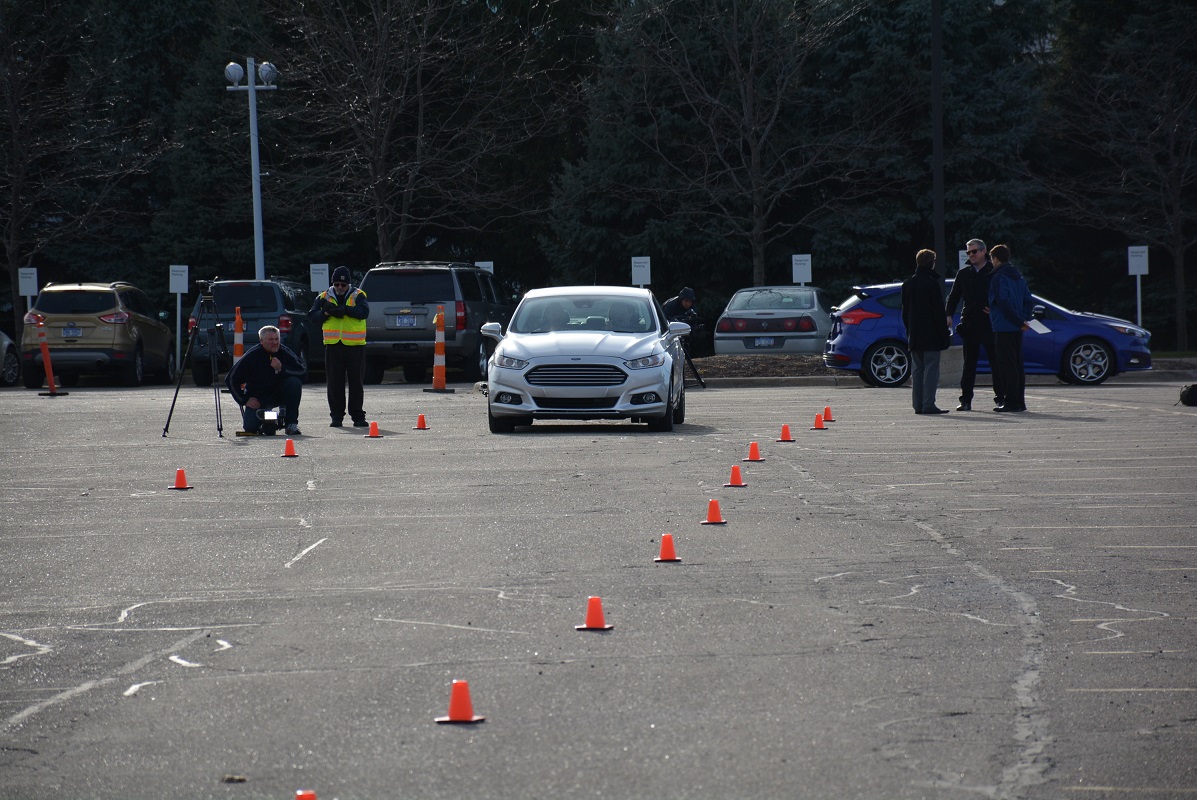
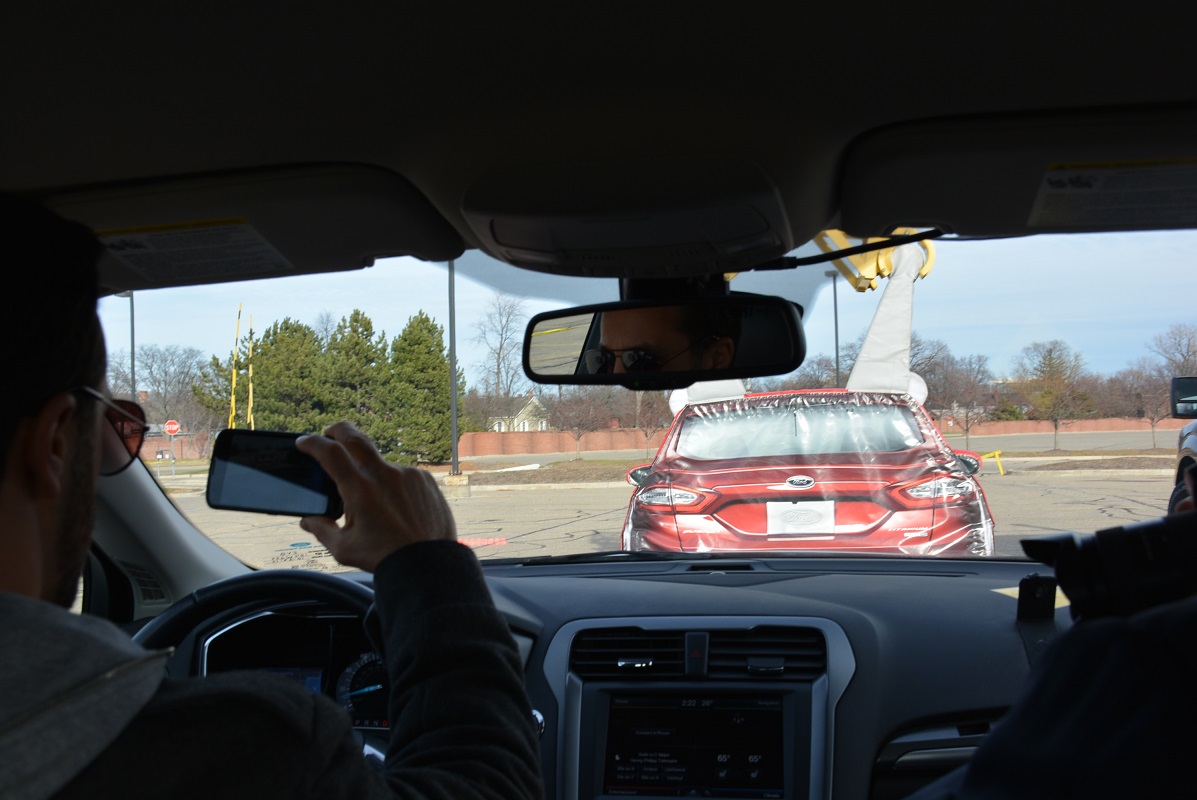

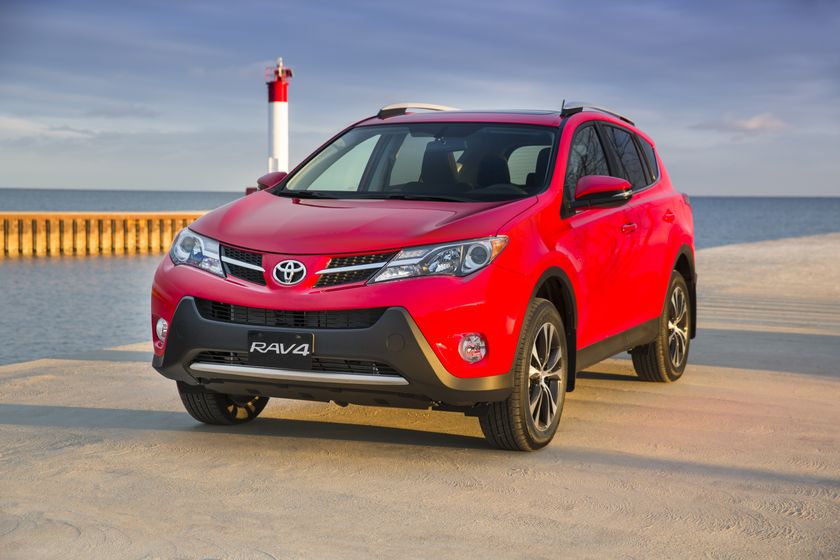
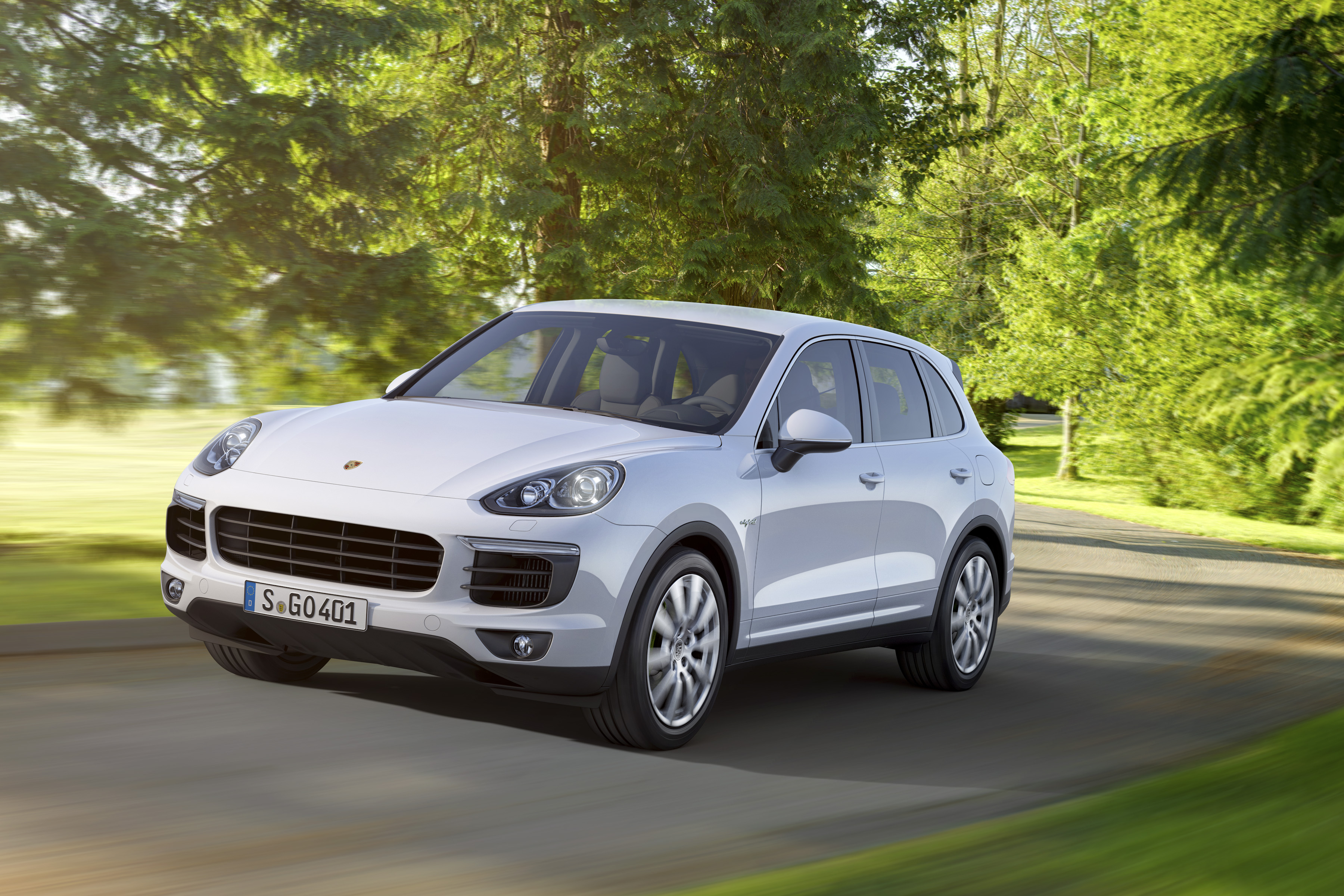
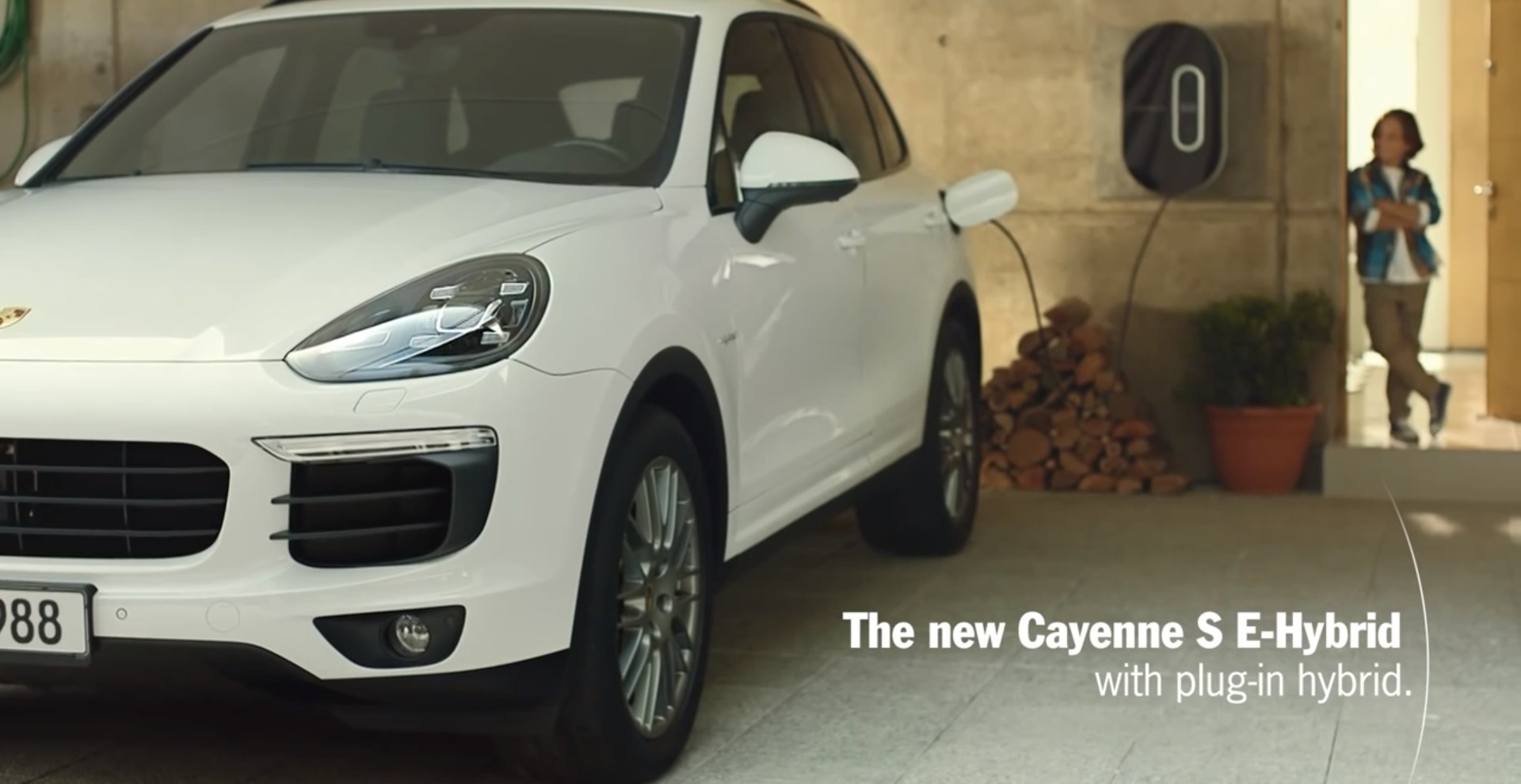 It's a simple and catcher commercial that makes you notice what's going on, as no parent would allow their nine-year old to drive their car to the gas station. The actual charging of the Cayenne plug-in is estimated to take under 1.5-hours using a 240V charger.
It's a simple and catcher commercial that makes you notice what's going on, as no parent would allow their nine-year old to drive their car to the gas station. The actual charging of the Cayenne plug-in is estimated to take under 1.5-hours using a 240V charger.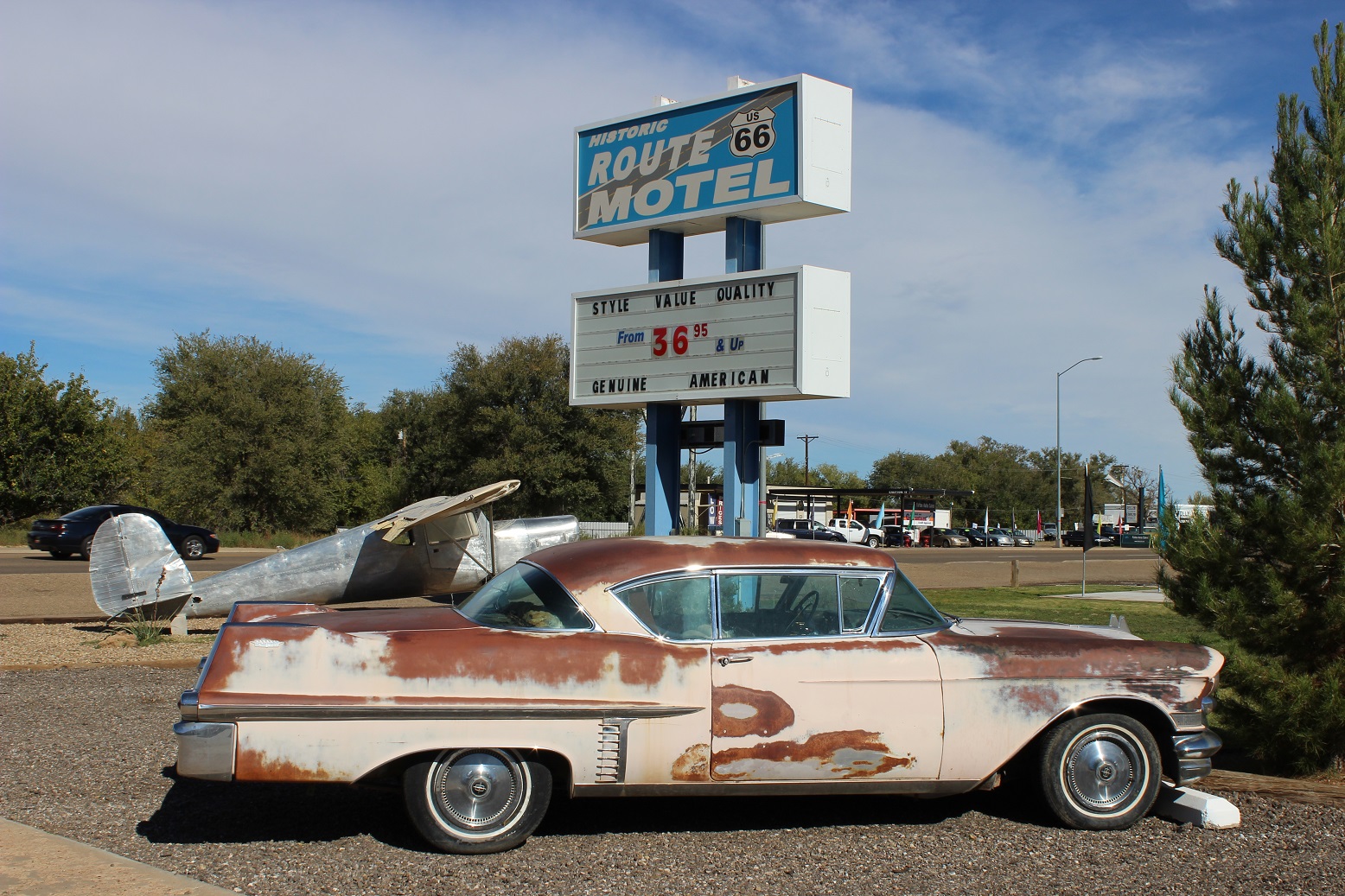 When something is built up, I was always get that fear of disappointment. And for me, the whole
When something is built up, I was always get that fear of disappointment. And for me, the whole  It couldn’t just be some normal-looking two-lane blacktop, right?
It couldn’t just be some normal-looking two-lane blacktop, right? Yes, the 1920s was a long time ago and you’d hardly call that “modern”, but it nevertheless represents a real nexus in the American history tapestry. When it was developed, it was the first time you could (almost) cross the country by car; with its decline, we started seeing the death of the American dream, as the small guys were pushed out, to be replaced by big-box stores, big-lane super-highways and big rigs.
Yes, the 1920s was a long time ago and you’d hardly call that “modern”, but it nevertheless represents a real nexus in the American history tapestry. When it was developed, it was the first time you could (almost) cross the country by car; with its decline, we started seeing the death of the American dream, as the small guys were pushed out, to be replaced by big-box stores, big-lane super-highways and big rigs.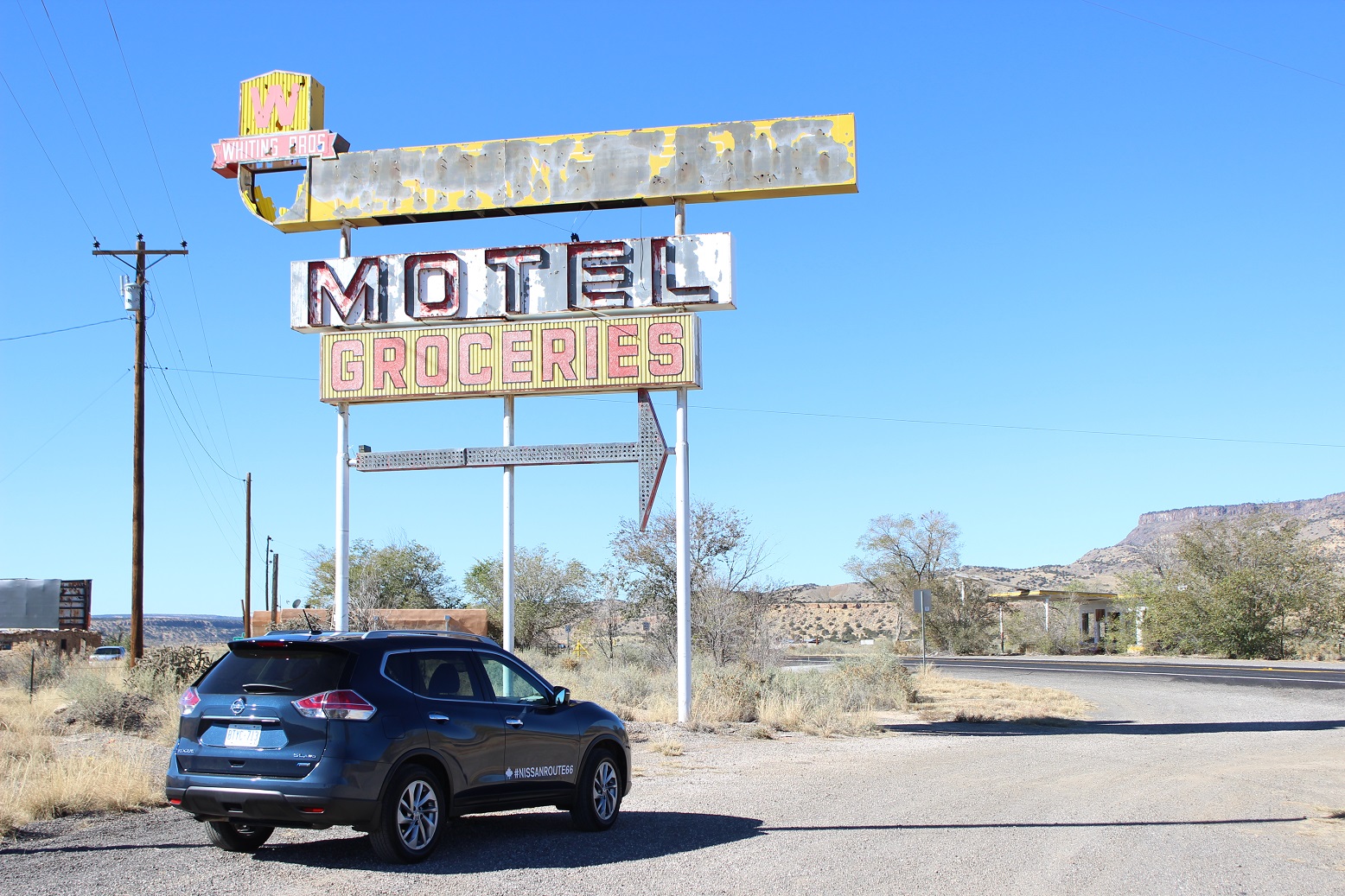 The sign must be 50 ft. high if it was a foot, and it still stands there weather-beaten like some kind of totem for a time that once was. Then you look to the right, and there’s the station itself—it’s just a station now with no hotel to speak of, even though it’s on the sign that's covered in growth.
The sign must be 50 ft. high if it was a foot, and it still stands there weather-beaten like some kind of totem for a time that once was. Then you look to the right, and there’s the station itself—it’s just a station now with no hotel to speak of, even though it’s on the sign that's covered in growth. And the cars, oh, the cars. Of course, there would be no interstate without them—no need for one, anyway—and since so much of the route cuts through arid climes, the old Fords, Edsels and Studebakers are in such good nick that even non-classic car experts could probably identify them (well, it ain’t hard to tell with the Edsel, now, is it?).
And the cars, oh, the cars. Of course, there would be no interstate without them—no need for one, anyway—and since so much of the route cuts through arid climes, the old Fords, Edsels and Studebakers are in such good nick that even non-classic car experts could probably identify them (well, it ain’t hard to tell with the Edsel, now, is it?). It’s crazy; It’s as if everything stopped. The cars were frozen in time, along with the network around the route. One day, the interstate opened up, and that was that. There was no decay, no half-life, nothing like that. It could’ve happened yesterday, it could’ve happened 100 years ago but since everything is naturally so well kept, it’s not so easy to tell.
It’s crazy; It’s as if everything stopped. The cars were frozen in time, along with the network around the route. One day, the interstate opened up, and that was that. There was no decay, no half-life, nothing like that. It could’ve happened yesterday, it could’ve happened 100 years ago but since everything is naturally so well kept, it’s not so easy to tell.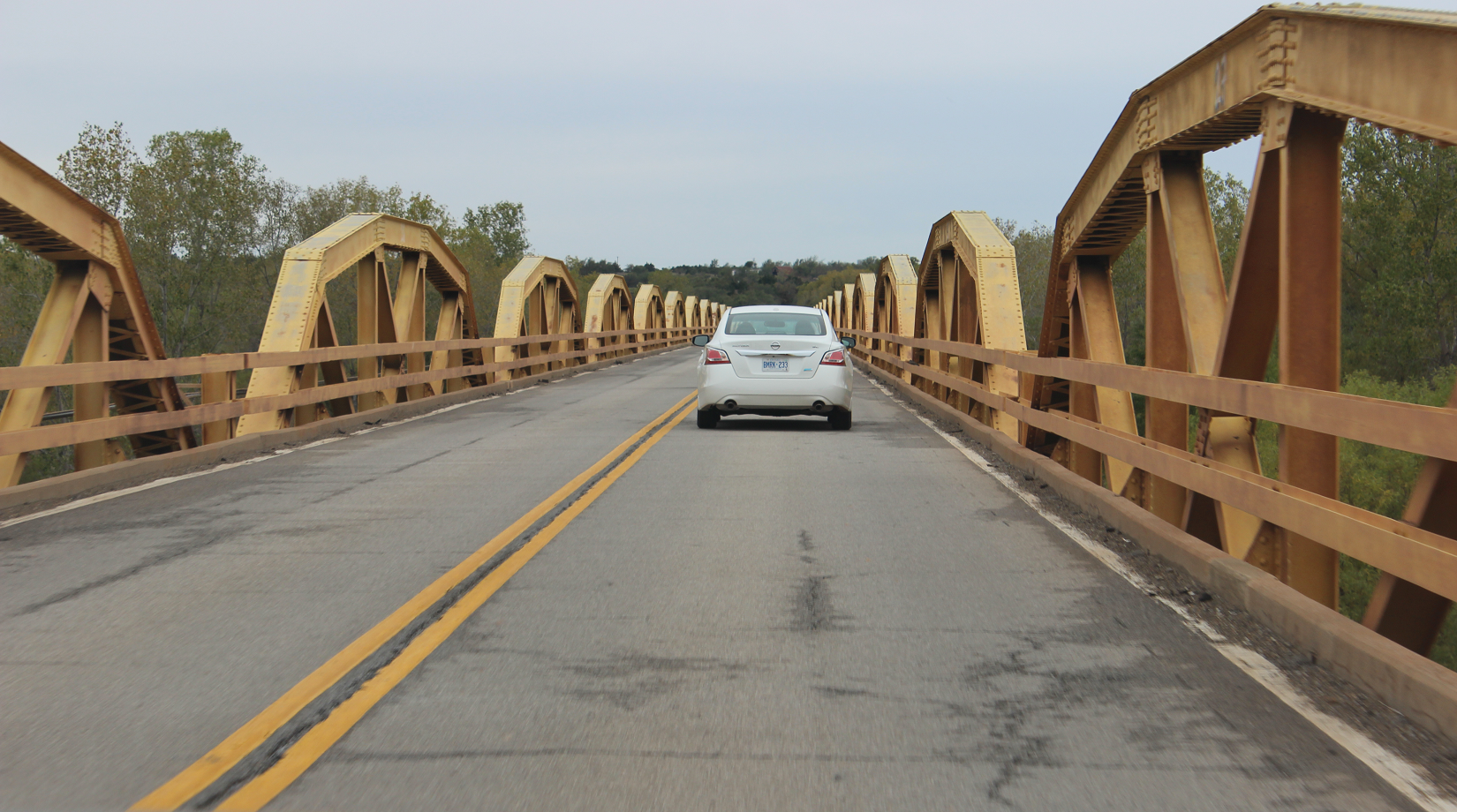
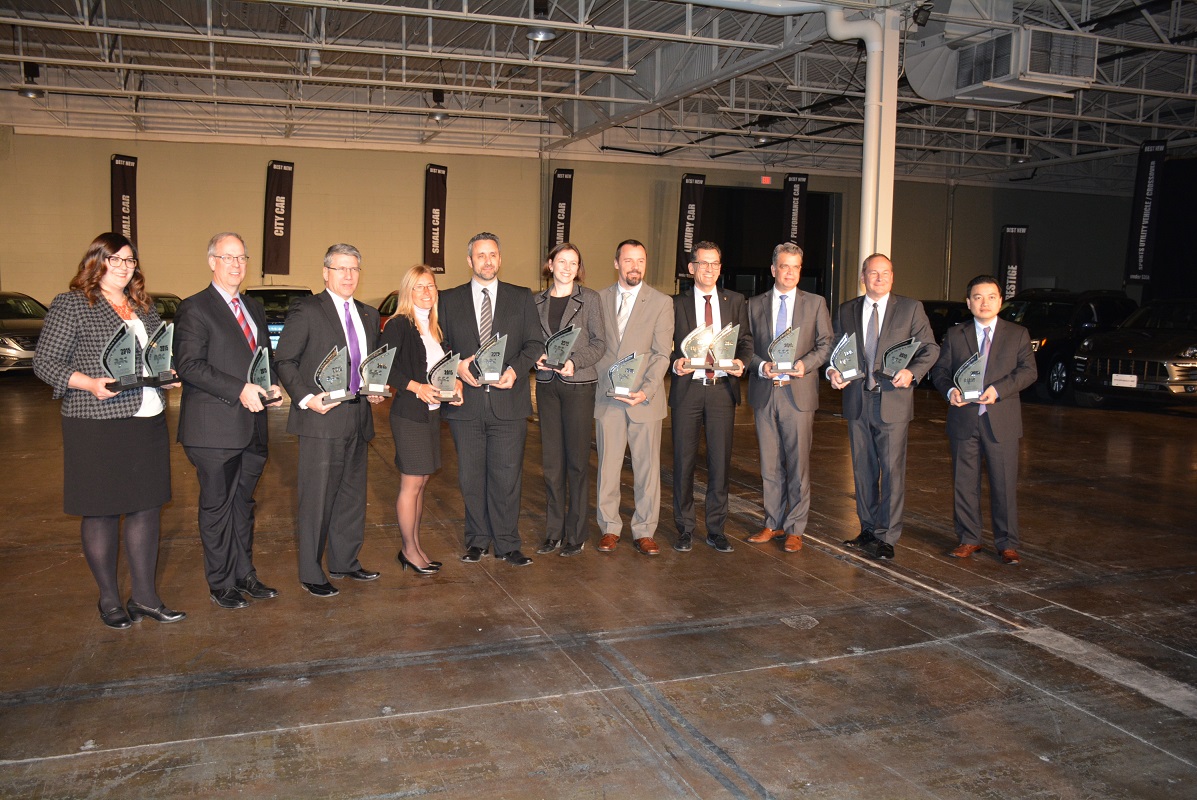 Toronto, ON – The Automobile Journalists Association of Canada, better known as
Toronto, ON – The Automobile Journalists Association of Canada, better known as 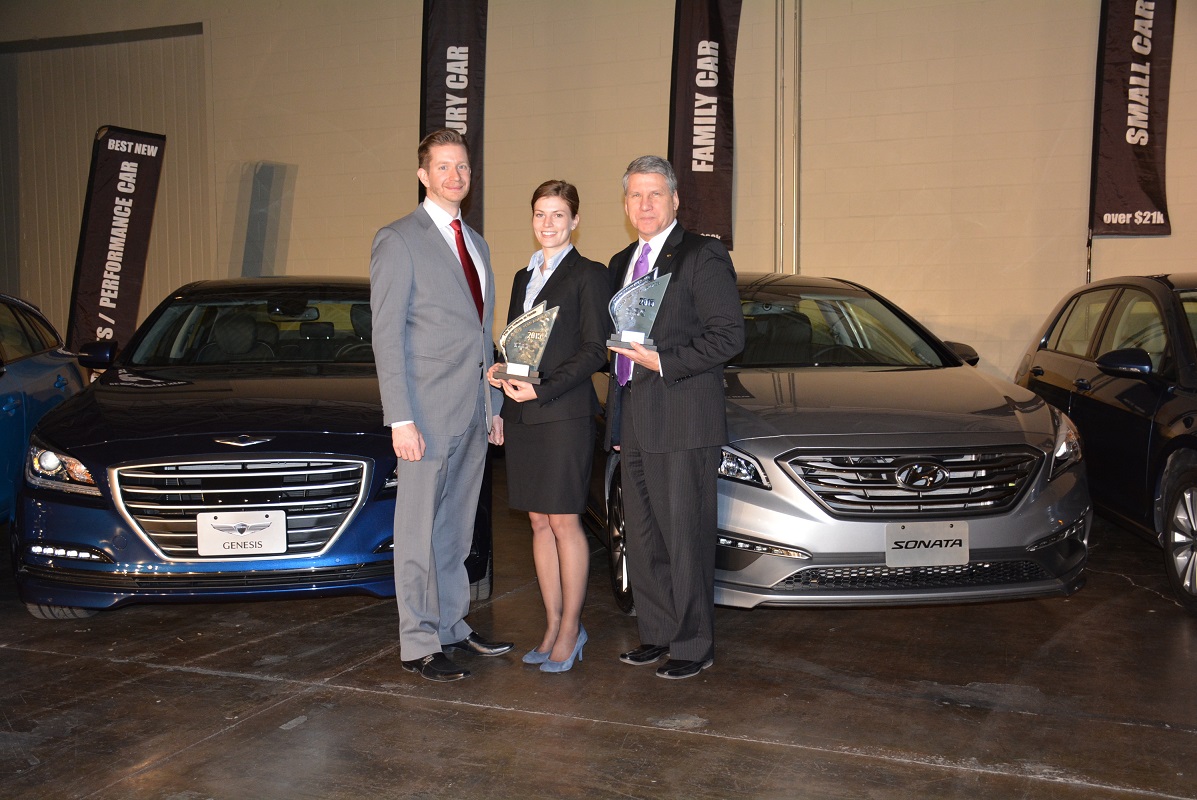

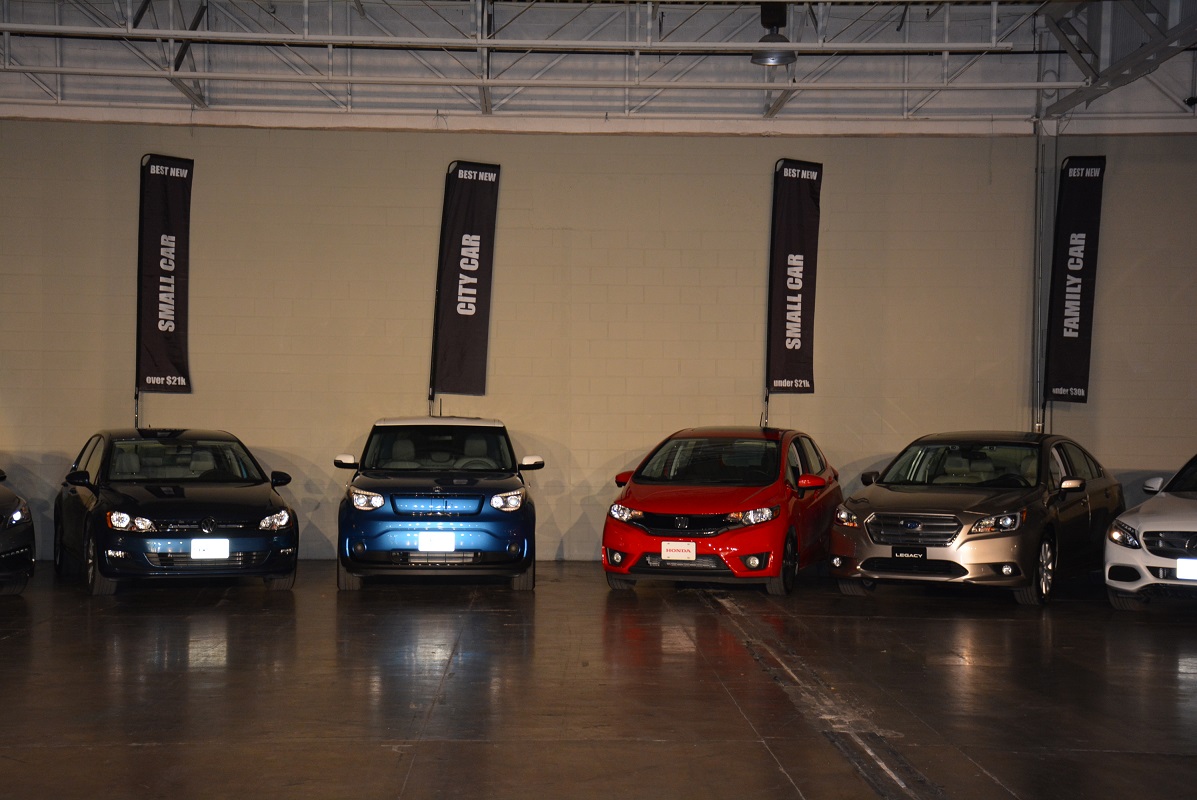



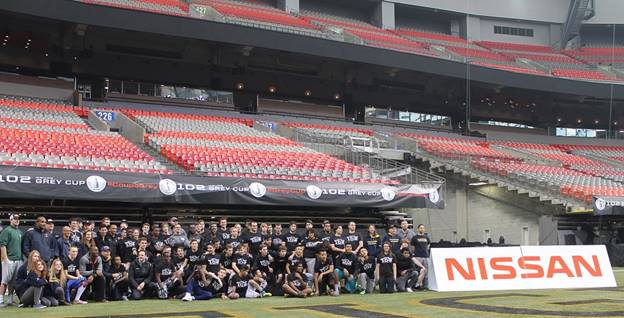

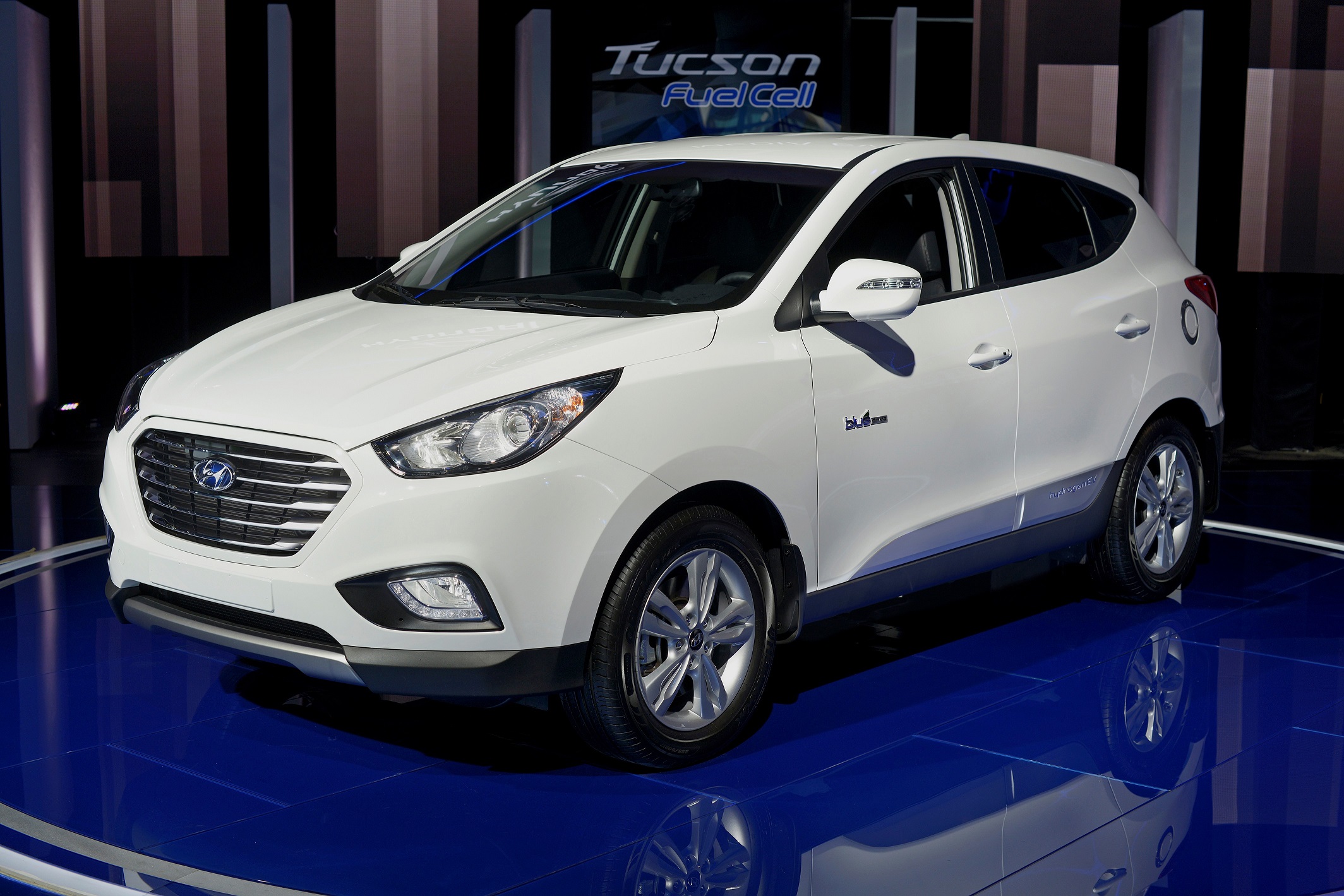 VANCOUVER, BC – Demonstrating leadership in implementing advanced engineering and zero-emissions technology, Hyundai Auto Canada Corp. announced today that it will be the first automotive company to make hydrogen fuel cell electric vehicles available to the Canadian public and launched a dedicated website to find its first customer. The Hyundai Tucson Fuel Cell Electric Vehicle (FCEV) will be available to Canadians on a 3-year lease beginning in early 2015 in the Vancouver area.
VANCOUVER, BC – Demonstrating leadership in implementing advanced engineering and zero-emissions technology, Hyundai Auto Canada Corp. announced today that it will be the first automotive company to make hydrogen fuel cell electric vehicles available to the Canadian public and launched a dedicated website to find its first customer. The Hyundai Tucson Fuel Cell Electric Vehicle (FCEV) will be available to Canadians on a 3-year lease beginning in early 2015 in the Vancouver area.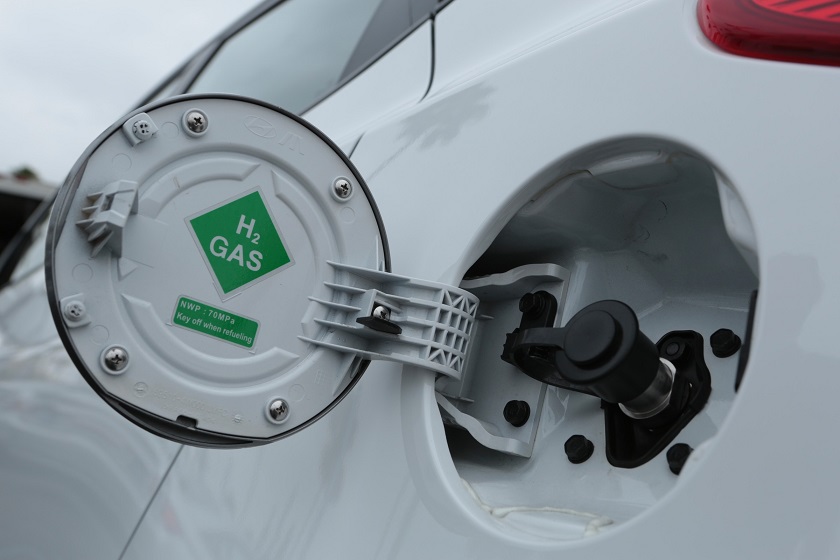
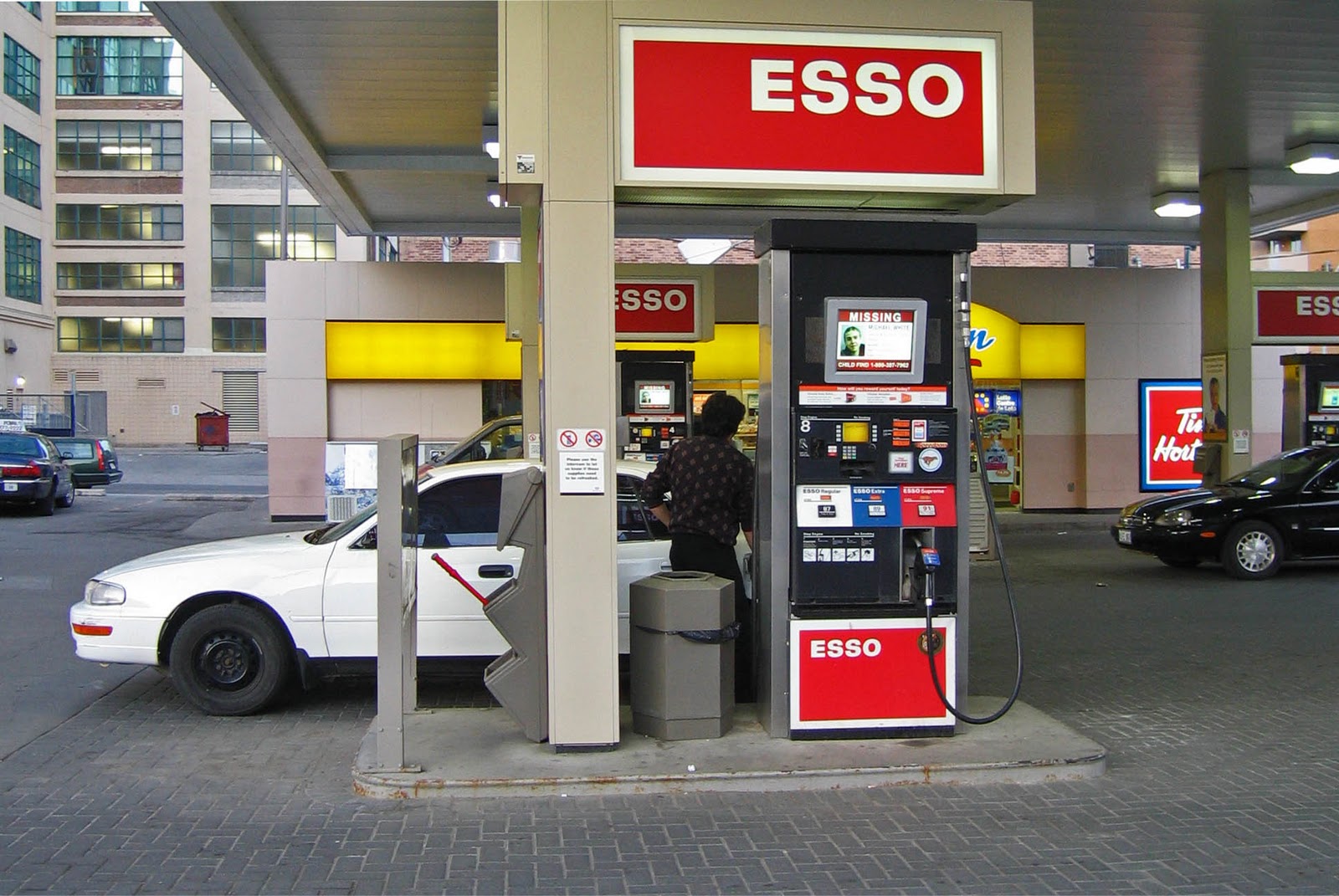 Gas prices have always been a hot topic, but have recently centred around a negative and frustrating conversation. As gas prices have risen, so has the sale of smaller, more fuel-efficient vehicles. It has led to a complete shift in the global production and marketing plan of automakers.
Gas prices have always been a hot topic, but have recently centred around a negative and frustrating conversation. As gas prices have risen, so has the sale of smaller, more fuel-efficient vehicles. It has led to a complete shift in the global production and marketing plan of automakers. It just proves that gas price fluctuation is a hot topic that concern many Canadians on a day-to-day basis. In the past half a decade, it's not been easy to just pick up and go for a long drive or road trip – fuel costs definitely get in the way and Canadians are keeping a close eye on how much they spend.
It just proves that gas price fluctuation is a hot topic that concern many Canadians on a day-to-day basis. In the past half a decade, it's not been easy to just pick up and go for a long drive or road trip – fuel costs definitely get in the way and Canadians are keeping a close eye on how much they spend.